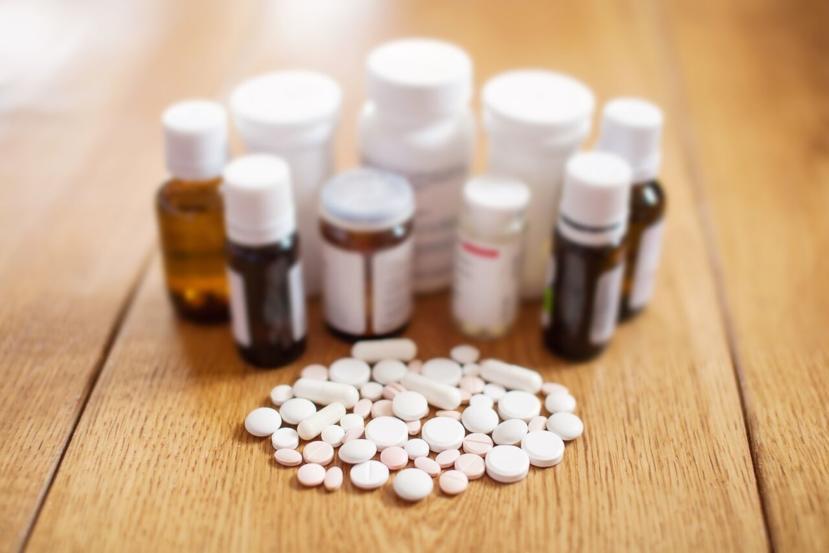How is Mononucleosis Diagnosed?

Mononucleosis, nicknamed 'the kissing disease' is an infectious disease spread through saliva and physical contact. Aside from kissing someone with the Epstein-Barr virus, it can be passed through sharing straws, toothbrushes, or eating food from the same plate as an infected person. It is the result of the Epstein-Barr virus invading the body's system. It is very common, affecting over three million US citizens each year. Symptoms include a sudden fever, rash, fatigue, and swollen glands. Pain may also occur while swallowing. Mononucleosis typically occurs in younger adults, but can occasionally affect the elderly too. However, in the elderly, typical symptoms may not be observed. The best and most effective methods of treatment involve rest, fluids, fever-reducing medicine and over-the-counter painkillers. Since the disease is caused by a virus, antibiotics will not be effective; instead, one must wait for the virus to leave the body of its own accord. It takes a while for symptoms of the virus to appear, with the first signs of the disease surfacing up to a week after the onset of infection. Infants or young children infected with the EBV virus will display very mild symptoms, or not show any symptoms at all. Taking care of oneself while suffering from mononucleosis is relatively simple: one needs to keep their energy levels up by getting plenty of rest, staying hydrated, consuming a healthy diet, and refraining from strenuous activities. It is advised to take adequate rest while one is suffering some of the more severe effect of mononucleosis, not only because you risk making yourself more sick, but because you also risk spreading the infection to others around you. Consuming a healthy diet is very important to help keep your energy levels up, as it results in boosting your immune system. Since the Epstein-Barr virus depletes the immune system, eating plenty of fruits and vegetables will ensure the body is being treated corrected. refrain from saturated fats and processed foods; they result in 'false' energy levels and do not supply the body with adequate nutrients. Consume painkillers and medications as prescribed by the doctor, but do not continue to take them when the symptoms of mononucleosis completely disappear. Instead, consult with your physician regularly until you are sure the virus has passed out of your body to ensure a healthy and speedy recovery.
Mononucleosis is usually self-treatable, but requires a diagnosis before undergoing any method of treatment. A diagnosis of mononucleosis (mono) can be made easily, though accurate determination can be difficult, as it requires various tests. One may undergo a physical examination and with the help of their medical history, a doctor can determine the absence or presence of mono in an individual. To confirm mono, most doctors perform various blood tests to help them reach a conclusion. The blood tests are conducted to find mono indicative antibodies. The immune system makes these antibodies with the aim of fighting infection such as that caused by the Epstein-Barr virus (EBV). The following is a list of techniques used by doctors to diagnose mononucleosis. Lab tests or imaging are commonly required. Some of the most common methods of diagnosing mononucleosis are:
- Physical Examinations
- White Blood Cell Count
- The Monospot Test
- The EBV Antibody Test
- The Strep Throat Test
Physical Examinations
If your doctor suspects that you could be suffering from mono, he can quickly and easily perform physical tests to ascertain if indeed you have the disease. The signs and symptoms range from an enlarged spleen, fever, swollen tonsils and lymph nodes, etc. will be the doctors’ primary focus in this examination. An assessment of your mood and how you've been feeling recently will also be taken. Mono usually affects young people, hence age could be a deciding factor in making the diagnosis. Although these tests are important, they should not be used solely to dismiss the possibility of the highly infectious mononucleosis. Some of the tests carried out in determining the presence of mononucleosis can detect an enlarged spleen; these tests are estimated to have an accuracy of between 27-58%, according to a 2004 American Family Physician journal article.
White Blood Cell Count
White blood cells, which are also called leukocytes, are a vital part of the immune system. These help fight infections by attacking bacteria and viruses in the body. They stem from bone marrow, but can be found at other locations in the bloodstream. The white blood cell count test is a blood test in which the doctor focuses on finding white blood cells that look abnormal, and in increased numbers. If one has the mono infection, their bodies react by producing a surplus of white blood cells to strengthen the ability of their immune system to protect them against the infection. A high count of white blood cells as a result indicates a high probability of the infection, but this cannot be used for confirmation of the infection.
The Monospot Test
Also known as the heterophil test or mononuclear spot test; this is a rapidly performed screening test that is aimed at detecting a certain antibody type formed in the course of certain infections. It is an improvement on the Paul-Bunnell test, which is a test in which an antibody reaction to sheep red blood cells confirms a diagnosis of mononucleosis when it is infectious. The heterophil antibody is of great interest in this case. The blood sample on the slide of a microscope is mixed thoroughly with other substances. The presence of the heterophil antibodies causes blood agglutination (clumping) and is a positive test (meaning the presence of) for a mono infection. An individual who has had the infection for 2 to 9 weeks can usually have their antibodies detected by monospot testing. A mono infection that has lasted more than six months cannot rely on this testing technique to confirm its absence or presence.
The EBV Antibody Test
In this particular test, substances with attachments to anti-EBV antibodies are mixed with a blood sample. This can be followed by some tests that aim to detect the varied antibodies. Antibodies are proteins that your body's immune system releases in response to a harmful substance called an antigen. More specifically, the EPV blood test is carried out to determine the presence of EBV antigens. This in turn helps determine when you caught the infection. This test can confirm if an individual has ever been affected with the Epstein-Barr virus. It is carried out on people displaying symptoms of the mono infection, and if a negative result was obtained with the heterophil test.
The Strep Throat Test
This is a quick and rapid test that may be carried out to ascertain a strep throat. It involves nothing more than a quick throat swab. The test can show a presence of group A streptococcus bacteria within minutes, the instigator of strep throat. The idea used here is based on the principle that a mono infection of a sore throat is accompanied by streptococcal infection. This can be done on individuals displaying a very red and sore throat, with white patches.















